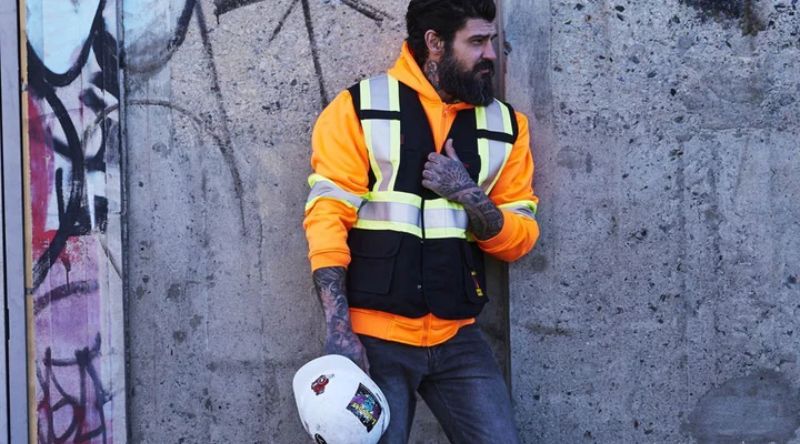
Wearing high-visibility safety vests is crucial when working in dangerous environments such as construction sites or high-traffic areas.
However, not all vests are created equal. There are different classes of safety vests, each designed for specific work environments. Let's look at the differences between Class 1 and Class 2 safety vests.
Class 1 Safety Vests
Class 1 safety vests are perfect for work environments with low traffic flow and a speed limit of 25 miles per hour or less. These vests have a minimum of 155 square inches of reflective tape and are typically available in lime green or bright orange. Class 1 vests are common for parking lot attendants, warehouse workers, and sidewalk maintenance personnel. These vests provide the lowest level of visibility and are unsuitable for high-traffic environments.
Class 2 Safety Vests
Class 2 safety vests work well for work environments with higher traffic flow and where the speed limit ranges from 25 to 50 miles per hour. These vests have a minimum of 201 square inches of reflective tape and are available in lime green or bright orange. Class 2 vests provide more visibility than Class 1 vests and are suitable for road construction, utility, and railway workers. You can wear these vests in moderate-traffic environments, but we don't recommend them for high-speed traffic areas.
Factors To Consider When Choosing a Safety Vest
Apart from class, there are other factors to consider when choosing a safety vest. The vest's material, the type of closure, and the vest's weight are important considerations. For instance, a lightweight vest is ideal for workers who are constantly on the move. A vest with a zipper closure is easier to put on and take off than a vest with a button closure. Additionally, polyester vests are more durable and long-lasting than mesh vests.
Safety vests are a critical element in ensuring the safety of workers in various environments. While both Class 1 and Class 2 safety vests provide increased visibility, choosing the appropriate class is vital based on the specific needs of a job site. The choice of vest should be determined by factors such as traffic speed, the nature of work, and the worker's mobility. Beyond this, considerations like the vest's material, type of closure, and weight are equally important in ensuring comfort and durability. Always remember that the primary goal of a safety vest is to protect the user by enhancing their visibility, so choose wisely.
If you need hi-vis vests for your workplace, Hi Vis Safety has a wide selection of Class 1 and Class 2 safety vests. Our safety vests meet the latest ANSI/ISEA standards and can keep you safe in any work environment. Visit our website today to browse our collection and find the perfect vest for your needs. Stay visible, and stay safe!
